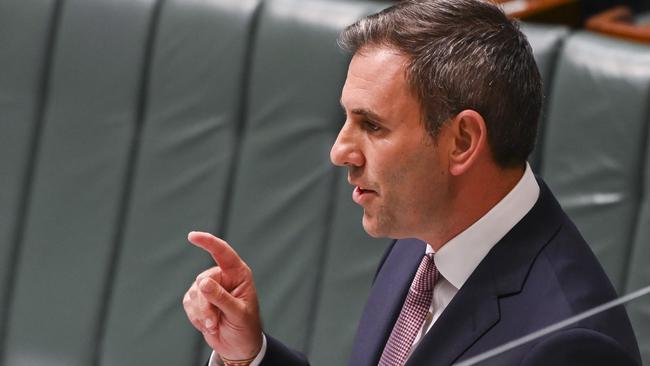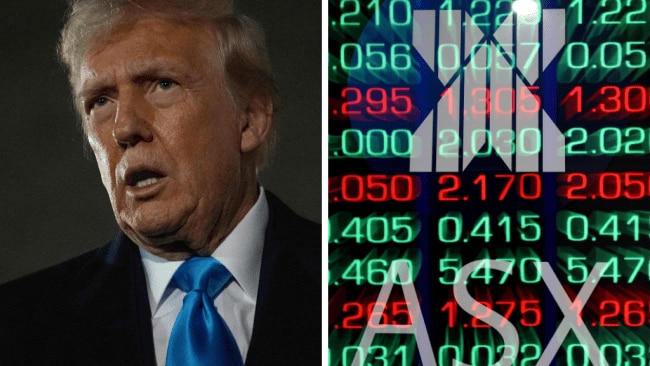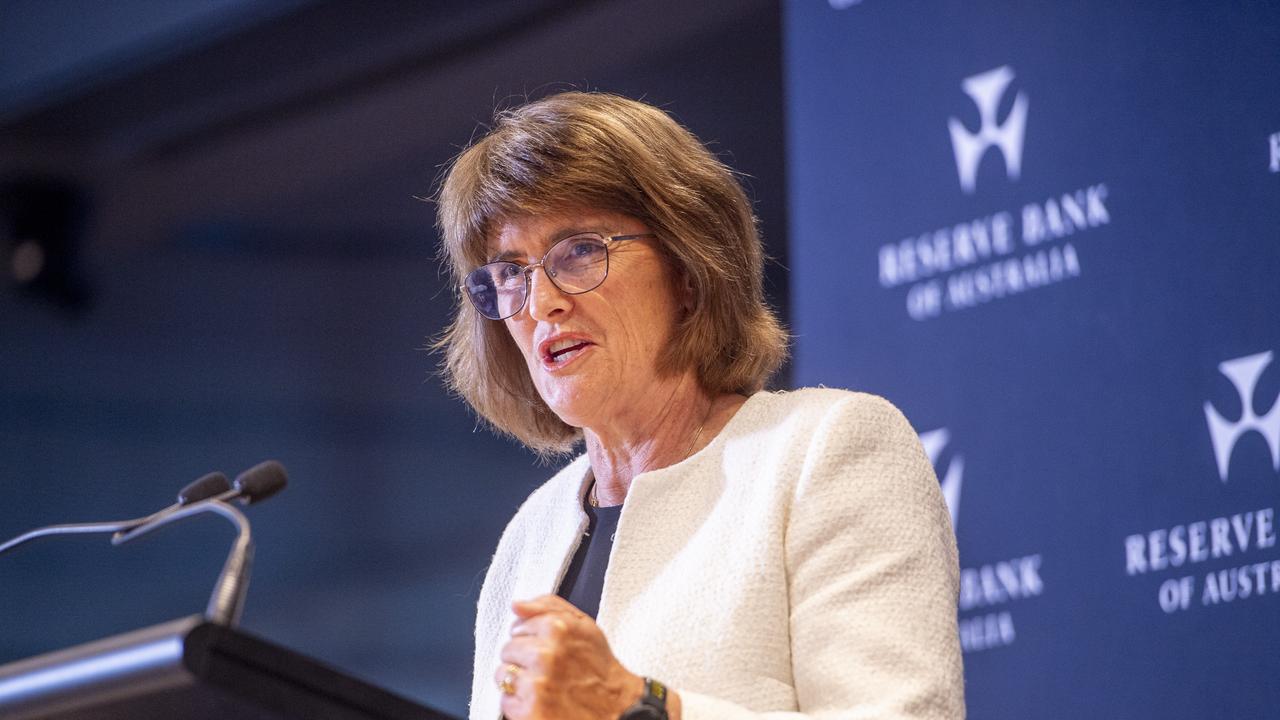Critical Minerals Summit: Labor going all-in to mine investment

The federal government is publicly putting strong support behind the mining sector to position Australia as a clean-energy superpower.
At The Australian’s Critical Minerals Summit on Friday, Jim Chalmers and Resources Minister Madeleine King are making the case for business, government and like-minded economies in the region to work together to mine Australia’s battery in the ground – lithium, graphite, nickel, cobalt, manganese and rare earths.
Behind this mission is a reset strategy that takes on the learnings from past mining booms in iron ore, coal and gas.
It is a chance for the government to realign important supply chains away from Australia’s biggest trading partner, China, to nations such as Japan and South Korea. And it is a chance to reset the mining sector with development in refining and manufacturing that will grow jobs and export earnings.
In his speech, the Treasurer notes both the economic and strategic case for going all-in.
King’s recent trips to Japan have been to shore up a prime relationship with both an investment partner and a key customer.
Such assurance is all the more urgent given the speculation around the Australian government’s intervention in the gas sector that could even threaten LNG exports to Japan. Such intervention now seems unlikely.
In October, the government cemented a bilateral critical minerals partnership with Japan that will facilitate investment in Australian projects.
Japan recognised Australia’s value as a reliable rare earths supplier more than a decade ago. After Japan and China fell out over island politics in 2010, Beijing cut off its rare earth supply. Japan responded by diversifying away from China and funding ASX-listed Lynas.
Lynas is now an $8.7bn company and its chair, Kathleen Conlon, is also a speaker at Friday’s summit.
At the event, King will reinforce Japan’s long investment relationship with Australia that first fed the iron ore boom and then the gas boom.
“Companies like Mitsui were among the first to invest in iron ore and secure the original cargoes of ore from the Pilbara,” she will say.
“Now, in 2022, these companies want to work with us again as we confront the challenge of building a new industry and supply chains around critical minerals.”
In Indonesia for the recent G20 meetings, Chalmers was struck by how often one topic kept coming up. “Lithium. Australian lithium. The President talked about it. The Finance Minister talked about it. Their Chamber of Commerce as well,” he will say in his speech.
“Our international friends need to rely on someone, so let’s have them relying on us.”
While Australia produces about half of the world’s lithium, Chalmers will warn of Australia’s strategic vulnerability on supply chains, with almost no value-added manufacturing in the sector. Australia has no share of the $385bn battery precursor industry, nor the $550bn battery cell production industry, nor the $1.7 trillion battery pack assembly industries.
In contrast to the iron ore and gas booms, the government wants to encourage private sector investment further along the value chain by investing and managing some of the early-stage risk.
Chalmers has asked the Treasury to work with the Foreign Investment Review Board, the Department of Industry, Geoscience Australia and the Department of Foreign Affairs and Trade to enable the government to be more assertive in encouraging investment that aligns with the long-term national interest.
This includes sophisticated methods of tracking investment patterns in critical minerals in the future.
Both Chalmers and King acknowledge the need for greater public awareness of the central role mining plays in both energy transmission and defence.
“Without mining, there will be no net zero. Achieving net zero will involve more mining, not less,” King will say.


